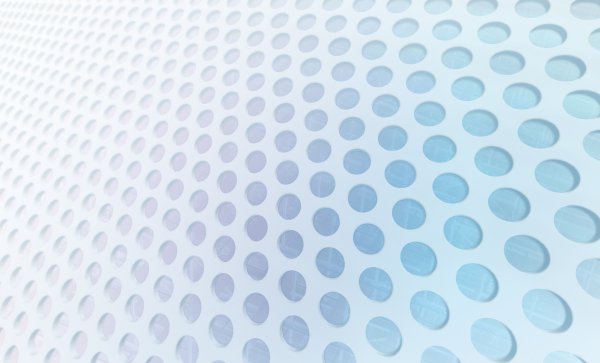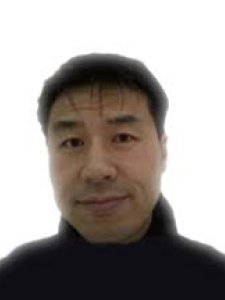
The overall goal of this project is to develop a completely new class of membranes with highly controlled pore size suitable for use in treatment and recycling of wastewater. The proposed new class of membranes has three key features for controlling macromolecular passage: (1) ultrafine (<20 nm), well-ordered, high-density nano-pore arrays, (2) self-assembled monolayer surface functionalization capable of reducing membrane fouling, and (3) tunability of the electric field in the pore vicinity during use. The ability to dynamically control the electric field distribution can be used to change the effective diameter of the nano-pores, reduce fouling, and enhance membrane cleaning.
The membranes will be fabricated using a nano-molding technique which consists of depositing a material on a master mold that defines the nano-scale structure. The nano-pore arrayed membrane is produced simply by separating this deposited material from the master mold. This approach eliminates the use of slow and expensive techniques (e.g., electron beam, focused ion beam) and any complex MEMS/NEMS processing steps, allowing for economical, scalable manufacturing and the use of a variety of materials for the membrane structure. The fabrication approaches and the architecture of the membranes will be optimized based on membrane performance characterization. The PI has already demonstrated several core fabrication processes key to this technology; the new collaboration described in this proposal will provide the expertise and facilities needed for the membrane performance studies.
The ultimate goals of this project are to (1) develop a nanoporous membrane that has a highly uniform controlled pore size, and (2) evaluate the ultrafiltration performance of these membranes (in comparison with commercial polymeric membranes) using dextrans as model test solutes.
Researchers
Wook Jun Nam


